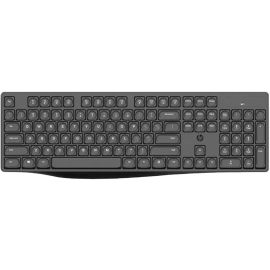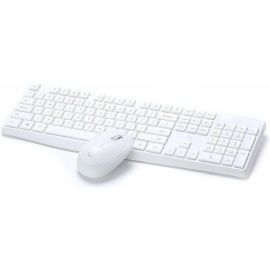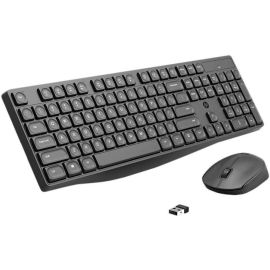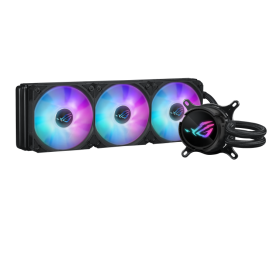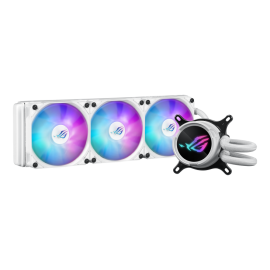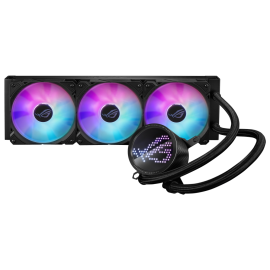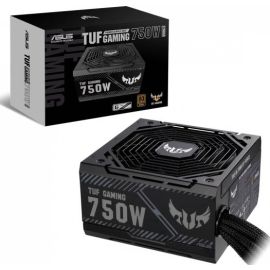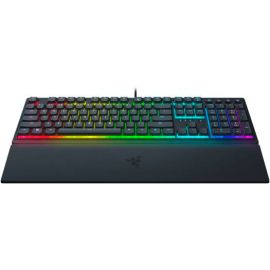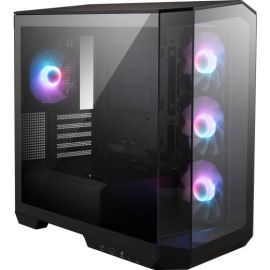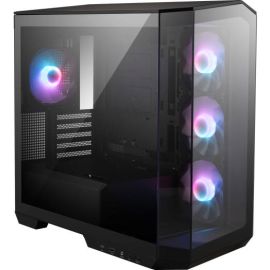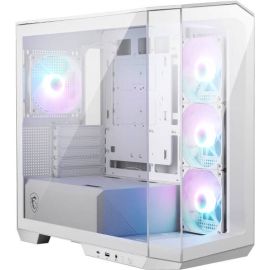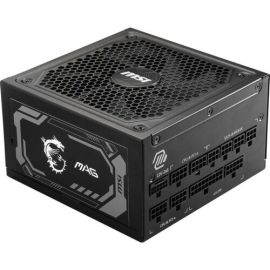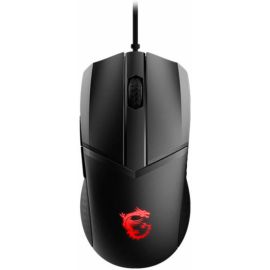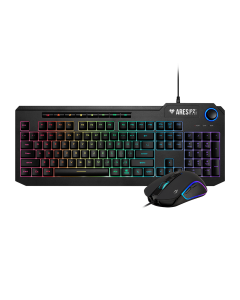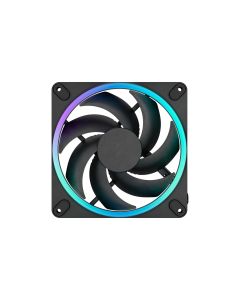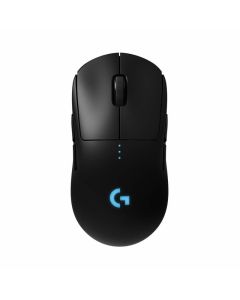| User Profile |
Recommended Types |
Top Models |
Pricing Range |
| Gaming Enthusiast |
Gaming Components |
NVIDIA RTX 4080, AMD Ryzen 9 7950X |
AED 2,000-10,000
USD 545-2,725
BHD 204-1,020
IQD 731,000-3,655,000
KWD 166-830
OMR 208-1,040
QAR 2,020-10,100
SAR 2,040-10,200
|
| Content Creator |
Premium Components |
GeForce RTX 4090, Intel Core i9-13900K |
AED 3,000-12,000
USD 818-3,270
BHD 306-1,224
IQD 1,096,500-4,386,000
KWD 249-996
OMR 312-1,248
QAR 3,030-12,120
SAR 3,060-12,240
|
| Budget Builder |
Value Components |
PNY GTX 1650, AMD Ryzen 5 5600X |
AED 500-2,000
USD 136-545
BHD 51-204
IQD 182,750-731,000
KWD 42-166
OMR 52-208
QAR 505-2,020
SAR 510-2,040
|
| Crypto Miner |
Mining-Optimized Parts |
XFX Radeon RX 6800, Corsair RM850x |
AED 1,500-8,000
USD 409-2,180
BHD 153-816
IQD 548,250-2,924,000
KWD 125-664
OMR 156-832
QAR 1,515-8,080
SAR 1,530-8,160
|


